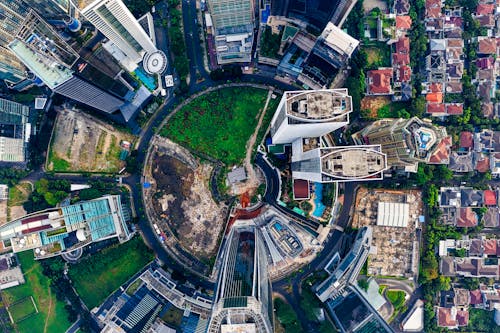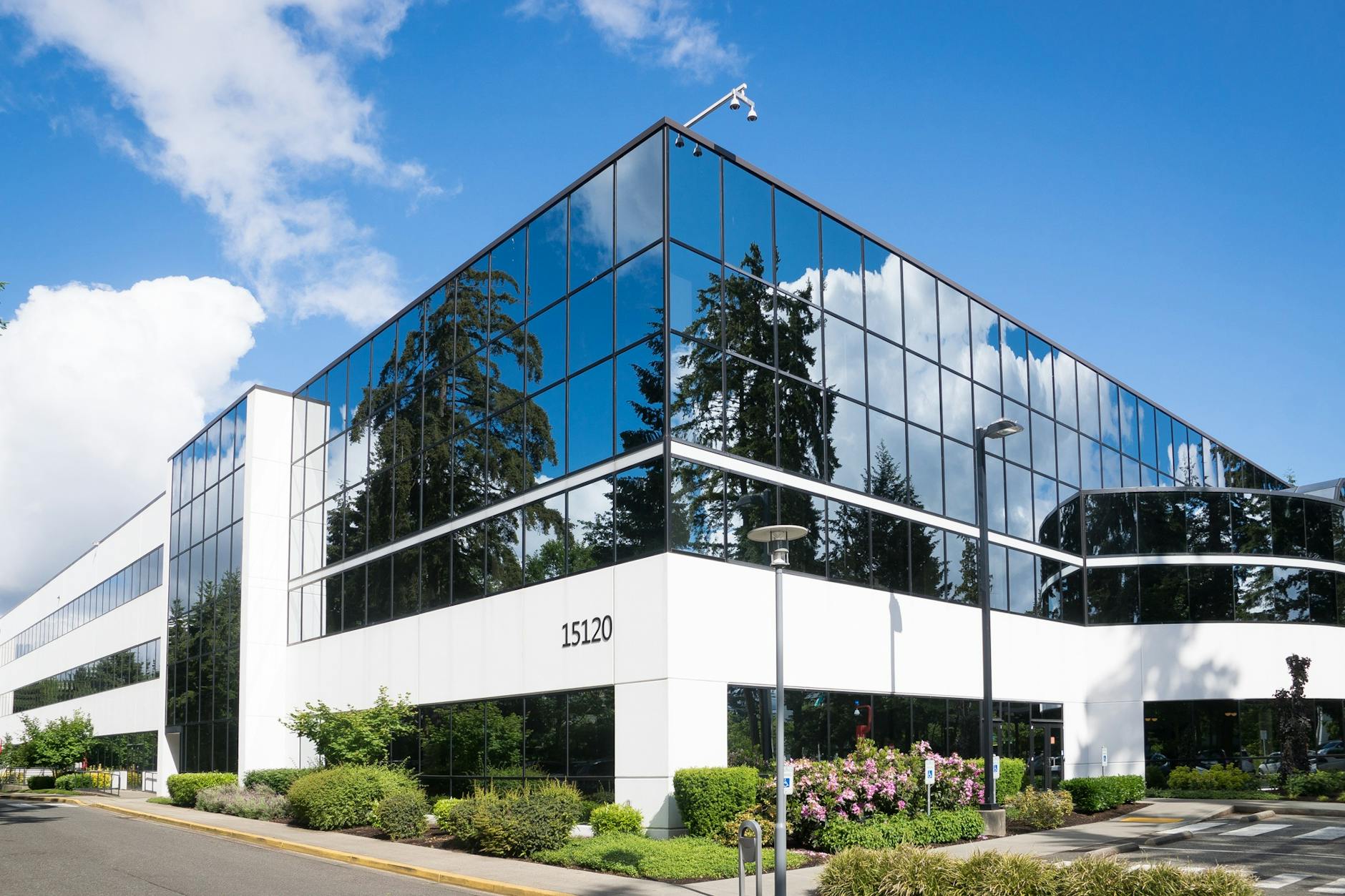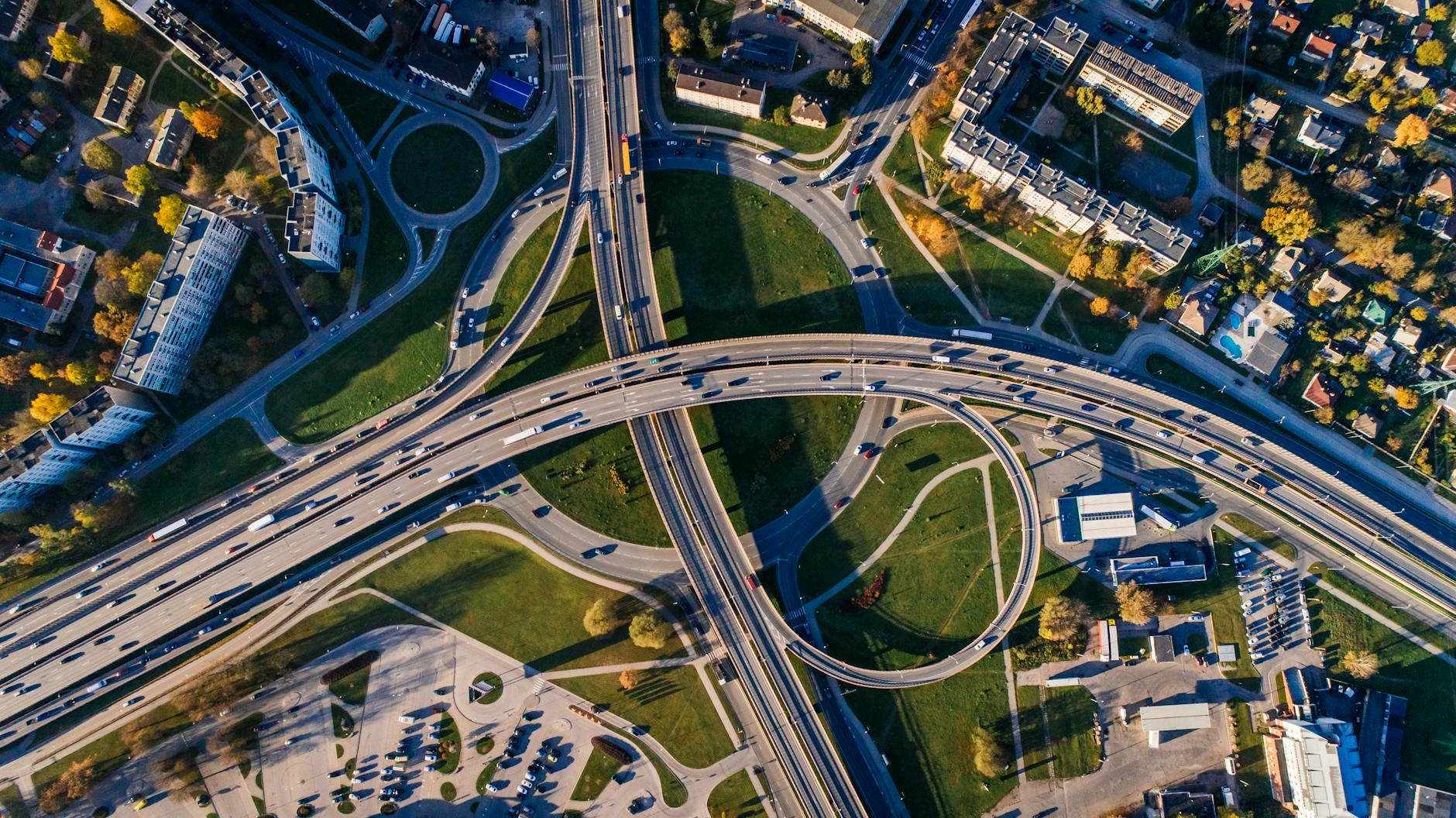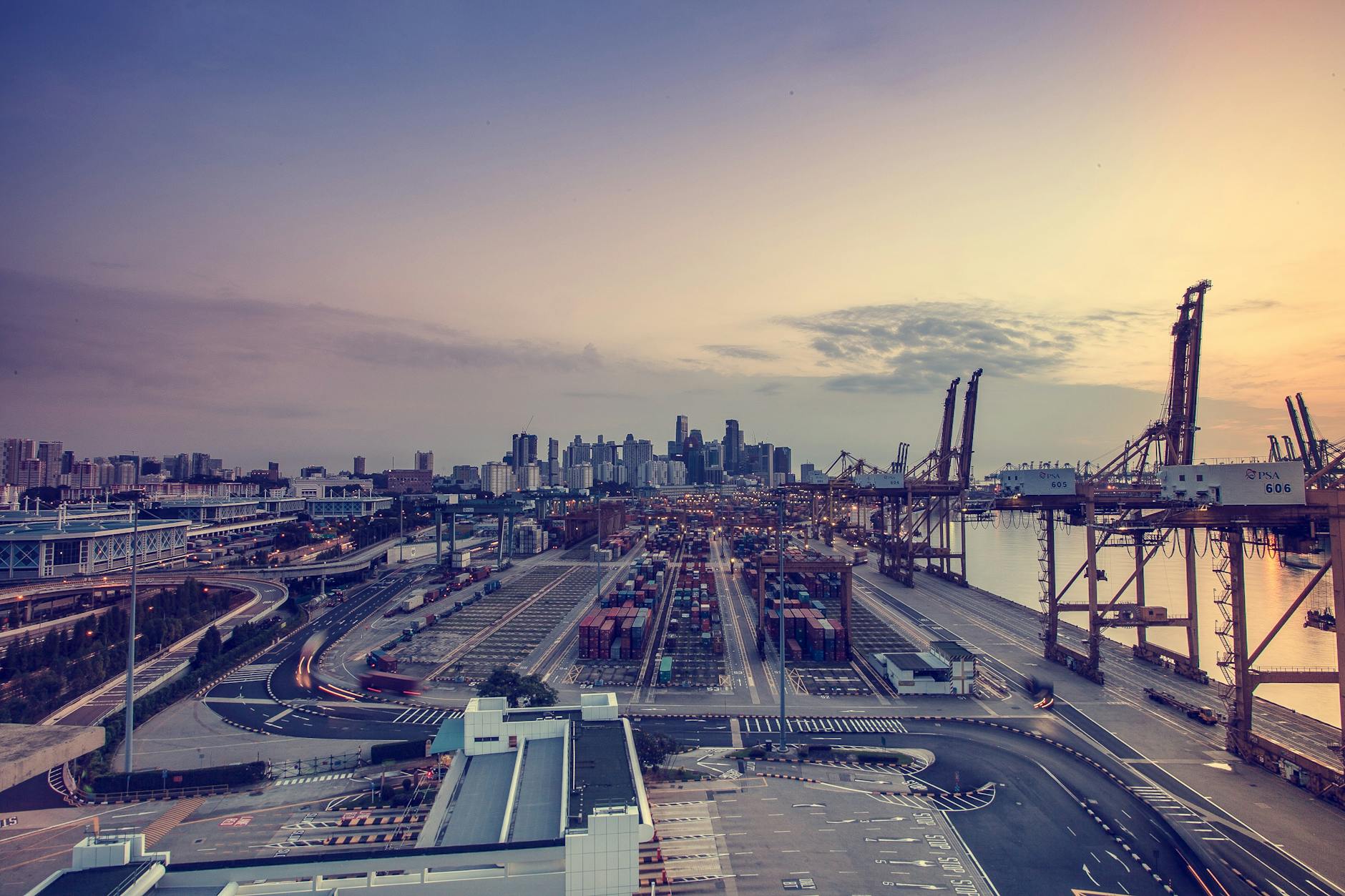Principles Of Town Planning
The subject of city planning demands knowledge of varied occupations, particularly engineering, architecture, and surveying. the town shouldn't be designed to cater only to the requirements of future generations. But the potential growth and development of the town should be properly conceived by the Town Planner and it should be seen that the town has not developed in any form. a number of the guiding principles of town planning are as follows:
Each of the above principles of town planning will now be briefly described.
(1) Green Belt
The supply of a green belt on the periphery of the town leads to its size limit and hence, the ultimate size of the town is often estimated. The Green Belt may be a non-development area on the periphery of the town. This prevents the haphazard spread of the town from limiting its size.
In essence, a green belt is an invisible line that forms a border around a particular area, preventing the event of the world and allowing wildlife to return back and establish. Greenways and green wedges have a linear character and run throughout the town and not around the city.
(2) Housing
Extreme care should be taken to supply housing to different categories of individuals. it's to be observed that there's no development. Slums and further, if slums exist, they're cleaned by the supply of some alternative arrangement. The habitat has got to be carefully studied and designed to suit the local population.
It should be noted to ascertain that there's no development of slums because they are going to be liable for degrading the lives of the citizens. There are different types of housing styles. When a land-use plan is ready, zones are allocated for independent housing, midrise buildings, tall buildings. There are two sorts of land use maps. Type 1 helps us to review land use on a wider scale. All we will see are residential, commercial, and entertainment areas.
(3) Public Buildings
There should be a well-organized agglomeration and distribution of varied public buildings throughout the town. The unnecessary concentration of public buildings and units should be avoided at some locations or places within the city. Factors like road width, parking facilities should be taken into consideration when allocating more or less space for public buildings as per requirement.
(4) Recreation Center
Counting on the dimensions of the town, sufficient space should be reserved for development as a recreation center for the general public. Recreation centers should tend important when designing a city. They are very essential for recreational activities for the general public. These include cycling, walking, and amusement parks, etc.
(5) Road Systems
The efficiency of a city or town is measured by the layout or plan of its roads. A well-designed road system makes an excellent impression within the minds of the people, especially for visitors to the town. The supply of a faulty road system within the initial stages of city construction proves to be very difficult and dear to repair or repair within the future. Road network hierarchy is extremely important. The efficiency of any city is measured by the layout of its roads.
(6) Transport facilities
The town should be given suitable transport facilities in order that there's minimal loss of your time from worksite to residence. Efficiency in transportation facilities includes both personal and public networks. the public transport network includes access to trams, trains, buses, and trolleys. Efficiency in using conveyance will determine the success of that city in terms of design.
Town planning has gained tons of importance today. New cities are being developed. it's become vital for town planners to specialize in new developments alongside old ones. it's necessary that old and new developments are properly connected. Energy efficiency in master planning should be the aim or goal of any town planner, architect, or urban designer.
(7) Zoning
The town should be divided into suitable areas like residential zone, industrial zone, commercial zone, etc. and appropriate rules and laws should be made for the event of every zone.







![[Premium] La–Beauty Blogger Template Free Download](https://blogger.googleusercontent.com/img/a/AVvXsEg67j5OnLmQmcm7l4u7ycrp21wfWWlg4U_CZD2EG8ypX9P68d2x43iWpnqviuuRhYJMH9uMjEaqRVr1dib5w3wrSOsVV27Dj9GPNcWiGGU6vA1Ax1YS5LoI1wkWQp8EhrpdJu74AVoqonCbN4aFqCr-lSxR606aFblH3S-NxUGJ57wvER4Dw9qqwVT7Ag=w74-h74-p-k-no-nu)
